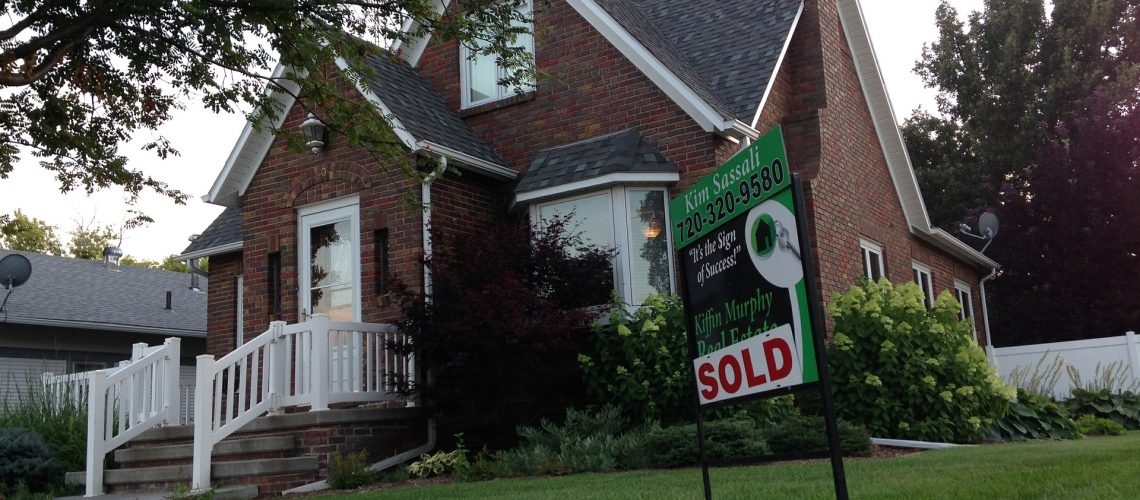Reviewing the Basics of Rent-to-Own From Various Perspectives

The rent-to-own model is slowly gaining popularity in the real estate space. Before entering in such an arrangement, it is important to understand how it works. Here is a look at the rent-to-own process from three different perspectives.
Buyer/tenant perspective
If you are planning on owning a house but cannot qualify for a mortgage or you do not have the cash right now, a rent-to-own agreement might be a great alternative. In a rent-to-own contract, the tenant agrees to rent the house for a certain period and then buy it after this period ends. Most agreements last for three years. The renter’s monthly payments include additional payments that go towards the down payment of buying the home. Before signing the agreement, it is important to get pre-approved for a mortgage at the purchase price stated in the contract.
Seller/landlord perspective
The rent-to-own model is ideal for sellers whose houses have been on the listing for a while and cannot find a buyer for some reasons. It could be that most people prefer to rent in the area or potential buyers do not have enough credit or down payment to access a mortgage. The Option will attract buyers by allowing them to build their credit slowly or save up for the down payment. If you are a landlord who is looking forward to this model, contact a lawyer to draft a suitable contract.
Institutional vs. Individual sellers/landlords
Most individual homeowners offering rent-to-own agreements set up leases for three years. Institutional lenders tend to put up a two-year lease that may be extended for up to four additional years after the ends of the initial lease term. It provides more flexibility to buyers or lenders. Institutional lenders are usually publicly traded; thus they are often subject to scrutiny and are stricter with regards to customer protection than individual owners.





